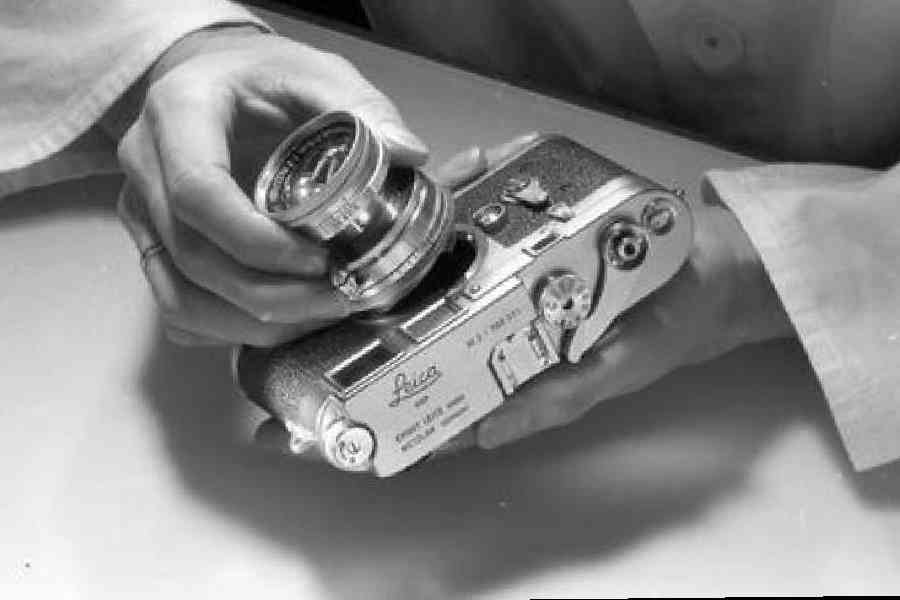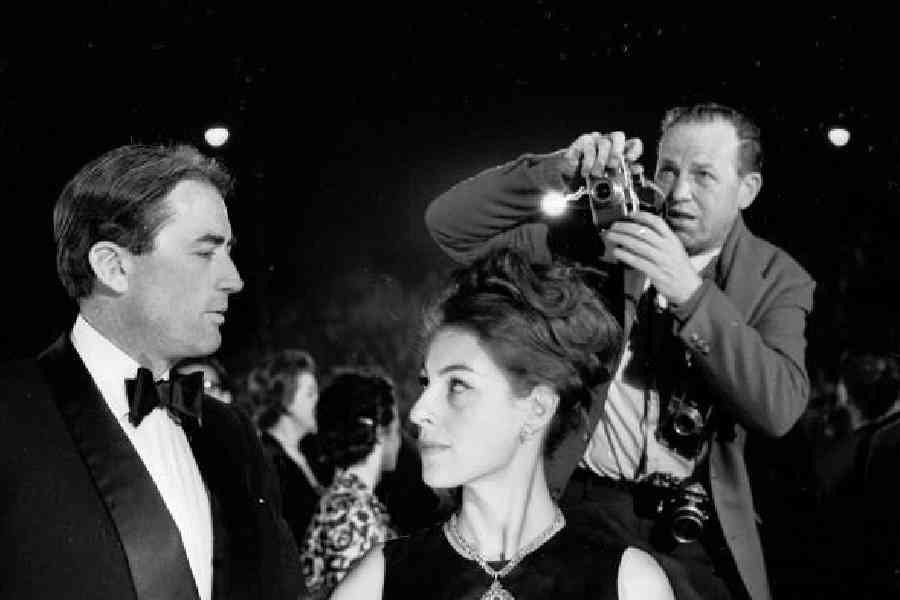German engineer Oskar Barnack, who went to work for the Leitz Company in Wetzlar in the early 20th century, is the man who shrunk the photographic camera. He invented the pocket-sized Leica-Ur device that would use 35mm photographic film to capture images instead of the large, unwieldy box-like devices and wet plates made of glass. While revolutionary for its time, it was a bit of a compromise on the focusing front in that it did not allow the photographer to see how sharply the image was being captured. Kodak solved that problem soon enough with a rangefinder camera but Leica took a while to finally build in rangefinder focusing, in the Leica II in the early 1930s.
It, however, still remained cumbersome to use with photographers having to go back and forth between two viewfinders, one for framing and the other for focusing, to capture an image, slowing down the process. The irony was that while a small lightweight camera started the so-called ‘street photography’ genre, the ‘moment’ would be long gone by the time one finished with the focusing and framing. It is, therefore, not surprising that to overcome this problem photographers like Henri Cartier-Bresson famously started using zone focusing — that is keeping the settings such that most of the image would be sharp — to shoot quickly.

The more precise M-mount bayonet that was introduced with the M3 and succeeded the M39 screw mount has remained till now and allows a wide range of lenses to be used with M series cameras
In 1954, the Leica M3 solved much of that problem with a single viewfinder rangefinder focusing system that really cut down the time needed to shoot sharp images. That it sold 220,000 pieces during its run is testament to the fact that the system worked well. It’s simple, functional design has remained the iconic image of what a Leica camera is. And it spawned a series that remains to this very day, with progressive improvements, models and now the digital format. The M3 also introduced the M-mount bayonet for lenses that’s quicker to use and more stable than screw mounts.
There remained shortcomings in the sense that the camera was in a way created for use with 50mm lenses and using other focal length lenses needed attachments if any degree of precision was required in the framing or focusing. Many of these got taken care of over the years and with successive models of the M series cameras, which remained nifty pieces of kit that punched way above their diminutive size. Interestingly, Leica got Olympus to change the designation of its compact SLR cameras from ‘M’ to ‘OM’ as it claimed the nomenclature clashed with that of its own cameras.
So much for history. Now, Leica is celebrating seven decades of the Leica M with the limited special edition Leica M Edition 70 of 250 sets. The platinum-plated special edition combines the iconic design of the Leica M3 with the state-of-the-art technology from the Leica M-System. Equipped with a Leica M-A camera, Leica APO-Summicron-M 50 f/2 ASPH. Lens, a Leicavit M fast winder and a film container including film, the Leica M Edition 70 is a homage to the camera that started it all.
The set will be available in selected Leica Stores from early 2025 at a retail price of €22,500.00 (about ₹20.50 lakh) including taxes.

Leica M Edition 70 with the Leicavit fast winder attached. The disc on the back is an ISO calculator but has no operational function
There will also be the Leica M (€49.00, or about ₹4,500) book that is being published in honour of its first 70 years. The history of the Leica M-System is presented over more than 250 pages, with insightful essays, legendary photographs, rarely shown archival material and an overview of the M-Cameras produced to date. It will be sold at Leica Stores, the Leica Online Store, the LFI (Leica Fotografie International) Online Store and select authorised dealers from November 5.
Time to take some financial exposure, maybe.











